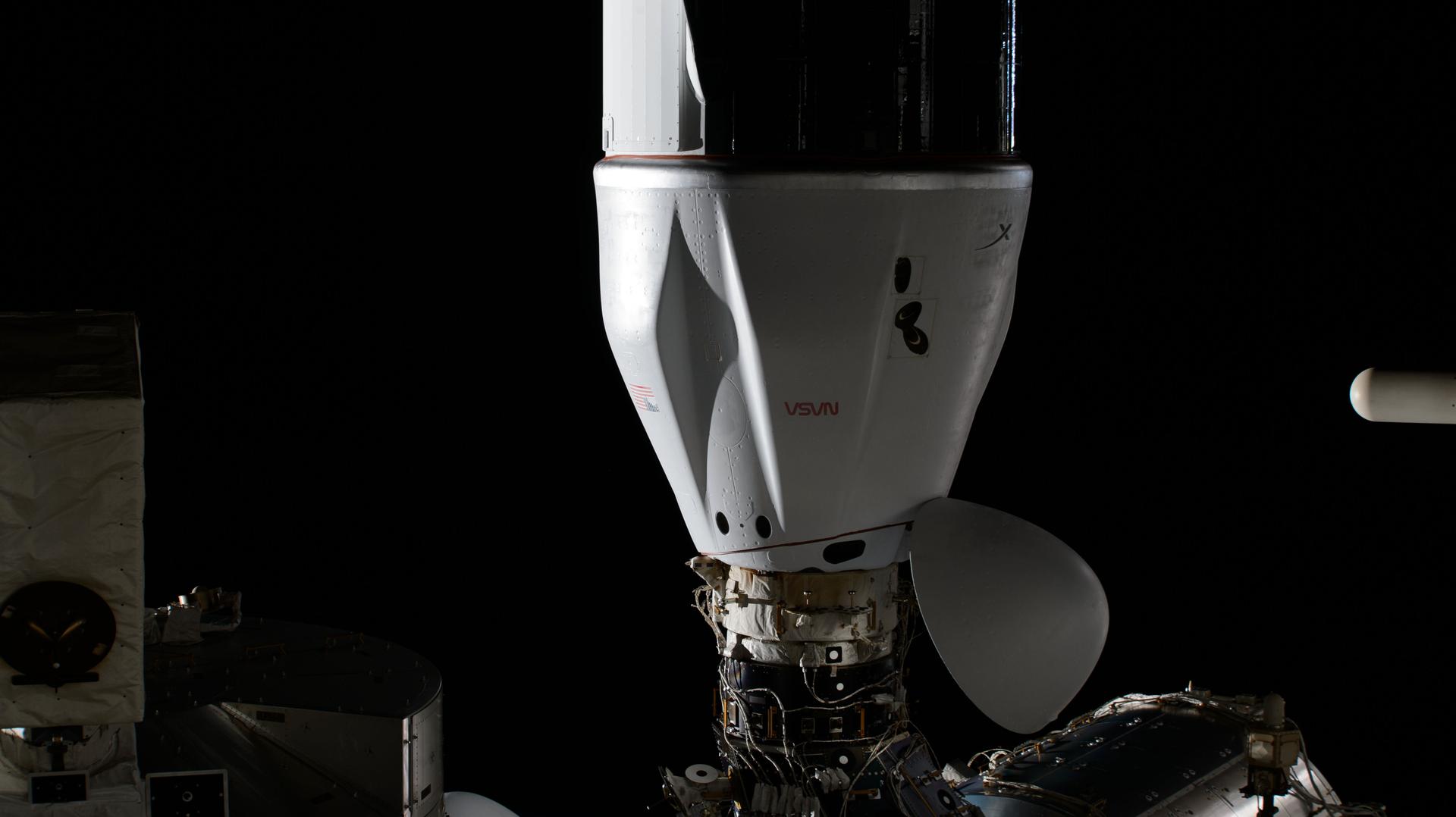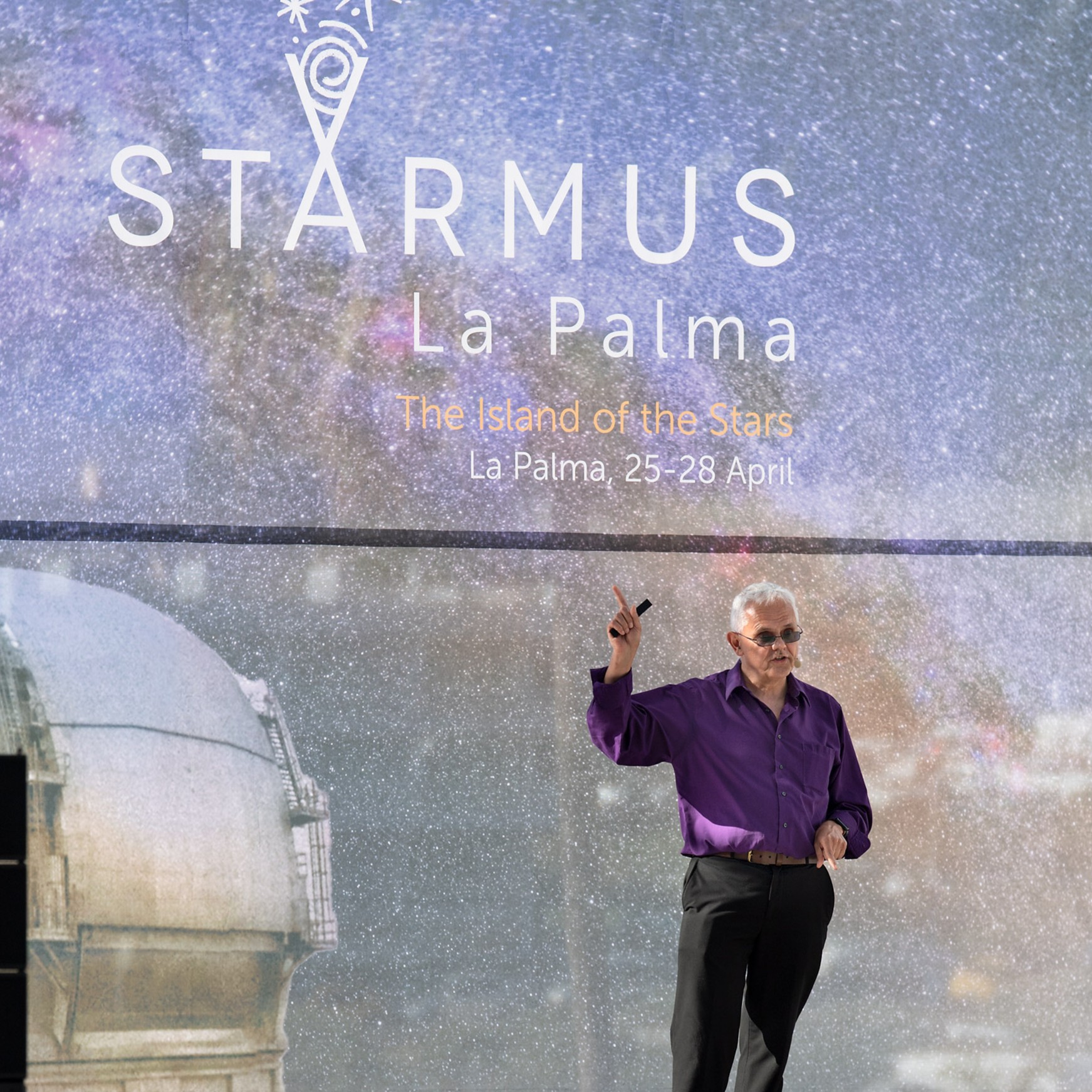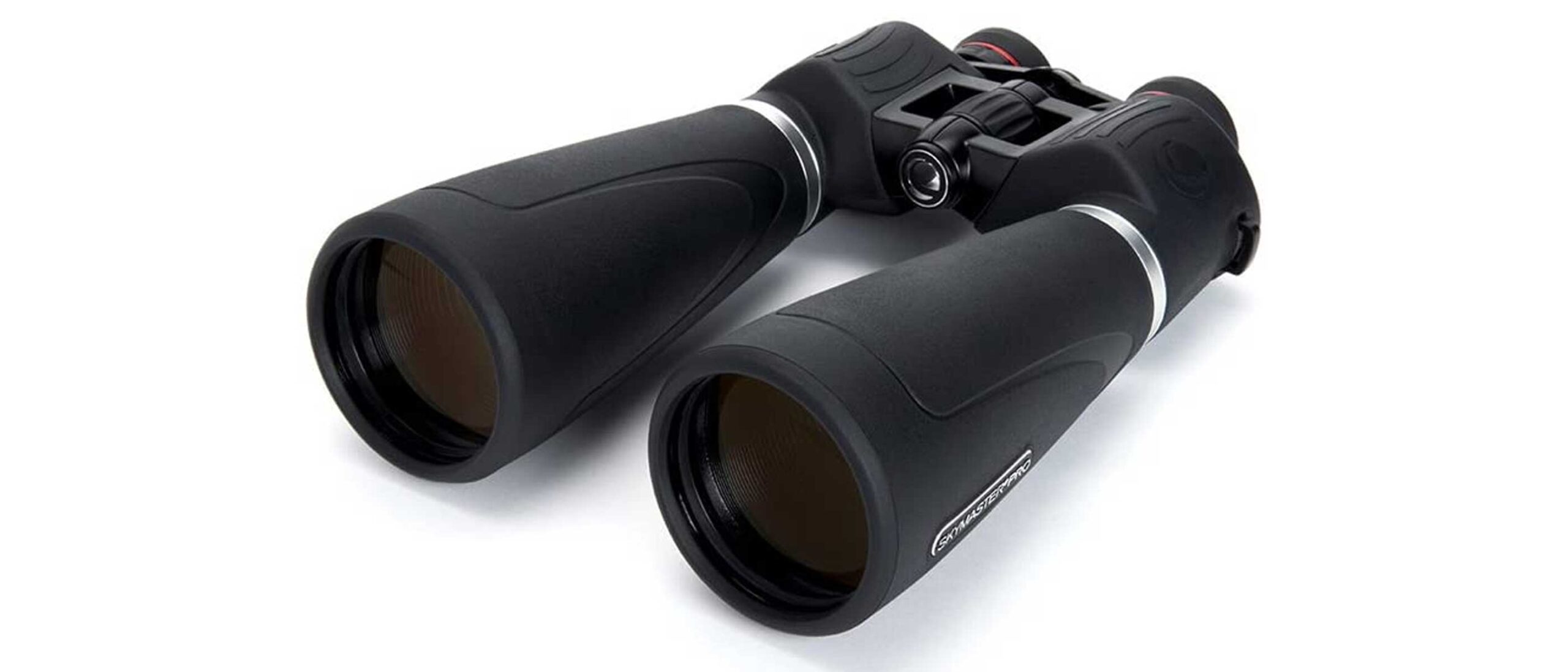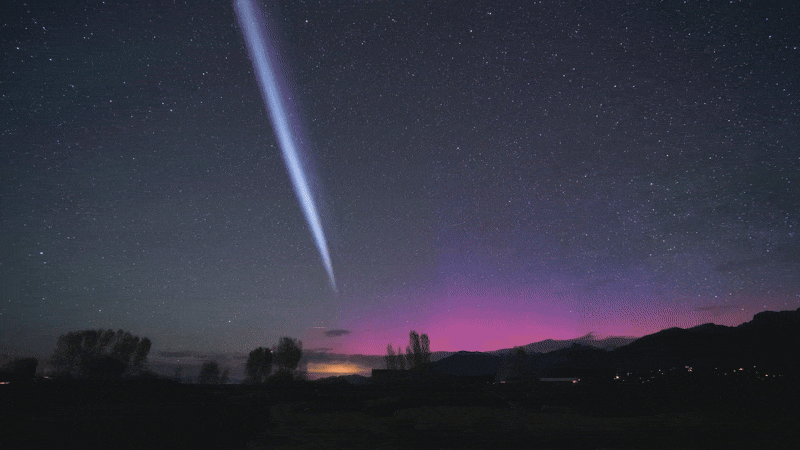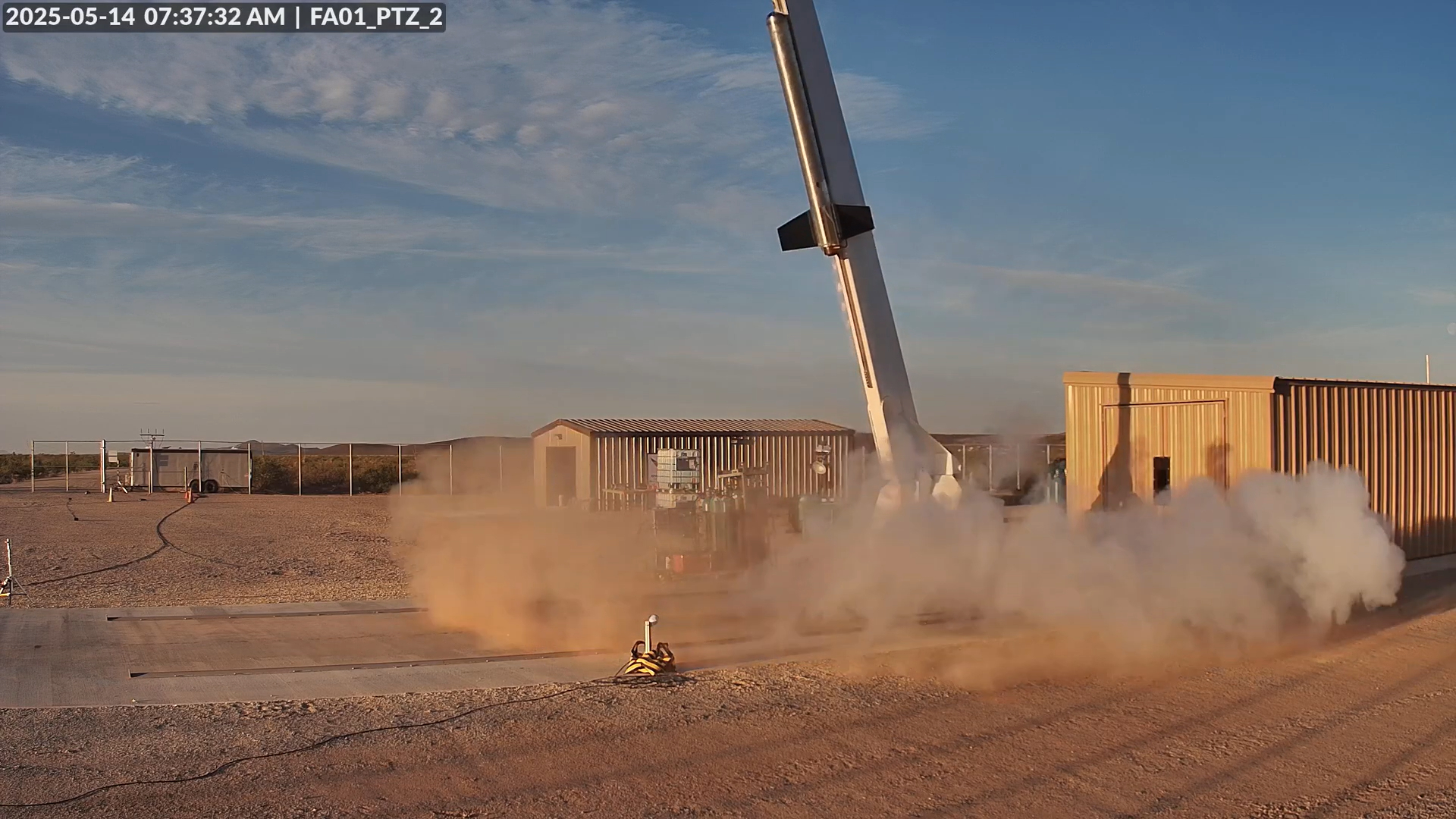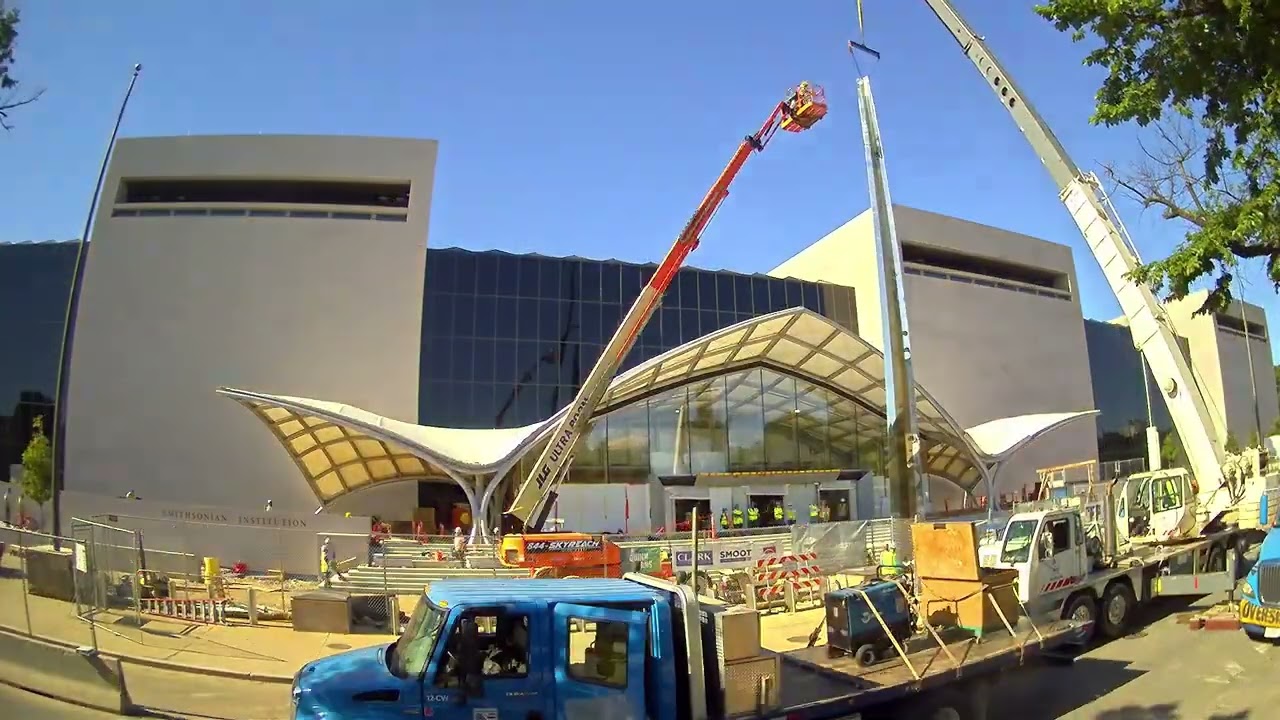The SpaceX Dragon cargo spacecraft, on NASA’s 30th Commercial Resupply Services mission, is pictured docked to the space-facing port on the International Space Station’s Harmony module on March 23, 2024. Credit: NASA NASA and its international partners will soon receive scientific research samples and hardware after a SpaceX Dragon spacecraft departs the International Space Station on Thursday, May 22, for its return to Earth. Live coverage of undocking and departure begins at 11:45 a.m. EDT on NASA+. Learn how to watch NASA content through a variety of platforms, including social…
Read MoreCategory: Space Stations
Space stations in orbit or planned
Unearthly Plumbing Required for Plant Watering in Space
4 min read Unearthly Plumbing Required for Plant Watering in Space NASA is demonstrating new microgravity fluids technologies to enable advanced “no-moving-parts” plant-watering methods aboard spacecraft. Boeing Astronauts Sunita Williams and Butch Wilmore during operations of Plant Water Management-6 (PWM-6) aboard the International Space Station. Image: NASA Crop production in microgravity will be important to provide whole food nutrition, dietary variety, and psychological benefits to astronauts exploring deep space. Unfortunately, even the simplest terrestrial plant watering methods face significant challenges when applied aboard spacecraft due to rogue bubbles, ingested gases,…
Read More‘We don’t know how bad it could get’: Are we ready for the worst space weather?
Imagine being told a storm is heading your way, but you won’t know how bad the winds are or whether they’ll knock out power until just minutes before it hits. That’s the challenge scientists face when it comes to predicting solar storms. We’ve come a long way in understanding space weather. We can spot solar storm eruptions, track their speed, and estimate when they’ll arrive at Earth, sometimes with up to a day’s warning. However, one critical piece of information remains frustratingly out of reach until the last moment: the…
Read MoreDid Predator just harpoon a plane out of the sky? Oh, count us in for ‘Predator: Killer of Killers’ after this latest trailer (video)
Predator: Killer of Killers | Official Trailer | Hulu – YouTube Watch On With excitement now swirling around Predator: Badlands and chatter of a new Alien vs. Predator crossover ramping up, many sci-fi fans have let Predator: Killer of Killers fly under their radar, but the animated anthology movie is almost here, and its first full trailer promises more than a few quick thrills. Co-directed by Prey‘s Dan Trachtenberg while he also worked on Badlands, this Hulu and Disney Plus exclusive is being sold as the “next evolution of the…
Read MoreTake a closer look at the moon and galaxies with the SkyMaster 15×70 binoculars from Celestron: Now only $76!
Catch some of the night sky’s beautiful star clusters with these Celestron SkyMaster 15×70 binoculars. Now $43 off at Amazon, they offer a wonderful 15x magnification, perfect for viewing star clusters, galaxies and lunar detail. We featured the Celestron SkyMaster Pro 15×70 binoculars in our best binoculars guide because of their excellent ability to view large, deep-sky objects. You can get these Celestron SkyMaster 15×70 binoculars on sale right now at Amazon for $76. They are part of Celestron’s SkyMaster range, which comes in a range of magnifications but is…
Read MoreMysterious white streak spotted over US skies during surprise aurora storm. What was it? (photos)
The night sky offered lucky skywatchers an unexpected double feature on May 17 — a surprise geomagnetic storm and a mysterious white plume slicing through the auroras. The moderate (G2 class) geomagnetic storm came as quite a surprise, kicking off early Friday (May 16) after Earth caught the glancing blow of a coronal mass ejection (CME). The CME was launched during a colossal filament eruption on May 12 from the sun’s northern hemisphere. Initially expected to miss Earth, the “bird-wing” ejecta was wider than predicted, with some of the material…
Read MoreAll about the abandoned Apollo capsule in ‘The Last of Us’ (Season 2, Episode 6)
Whether you are a fan of space exploration history or of the game on which the series is based, “The Last of Us” has just delivered a real blast from the past. In the penultimate episode of the second season, which premiered Sunday night (May 18) on HBO Max, the story briefly visits the Wyoming Museum of Science and History. Warning: If you have not yet watched Season 2, Episode 6 of “The Last of Us,” you may want to stop reading here, as there are minor spoilers ahead. If…
Read MoreVenus Aerospace debuts potentially revolutionary rocket engine with landmark 1st flight (video)
Houston-based startup Venus Aerospace has completed the first-ever test flight of a rotating detonation rocket engine (RDRE) in the United States. The launch took place on Wednesday (May 14) from Spaceport America in New Mexico. A small rocket equipped with Venus’ RDRE lifted off at 9:37 a.m. EDT (1337 GMT; 7:37 a.m. local time in New Mexico). The milestone marked the first successful test of such an engine from U.S. soil and took Venus a “step closer to making high-speed flight accessible, affordable and sustainable,” the company said in a…
Read MoreNational Air and Space Museum to reveal more renovated galleries on July 28
From John Glenn’s Friendship 7 to Blue Origin’s New Shepard, space capsules and more are set to return to or debut on display with the opening of five “reimagined” galleries at the National Air and Space Museum this summer. As part of a still on-going, seven-year renovation of the museum’s flagship building in Washington, the Smithsonian has announced that it is ready to premiere more of its exhibitions following the reveal of eight of its halls on the building’s west end in 2022. The next launch, scheduled for July 28,…
Read MoreCanon RF 24mm f/1.4L VCM lens review
Key specs Type: Prime lens Focal length: 24mm Maximum aperture: f/1.4 Lens mount: Canon RF Weight: 18.17 oz / 515 g Dimensions: 3.01×3.90 in / 76.5×99.3 mm Filter thread: 67mm Release date: October 2024 Prime lenses are coveted for their image quality and fast maximum apertures, and although the Canon RF 24mm f/1.4L VCM relies heavily on in-camera or in-software lens corrections, depending on the file type you are capturing, image quality is still what you’d expect from an L-Series lens. Throw in the excellent build quality and weather sealing,…
Read More